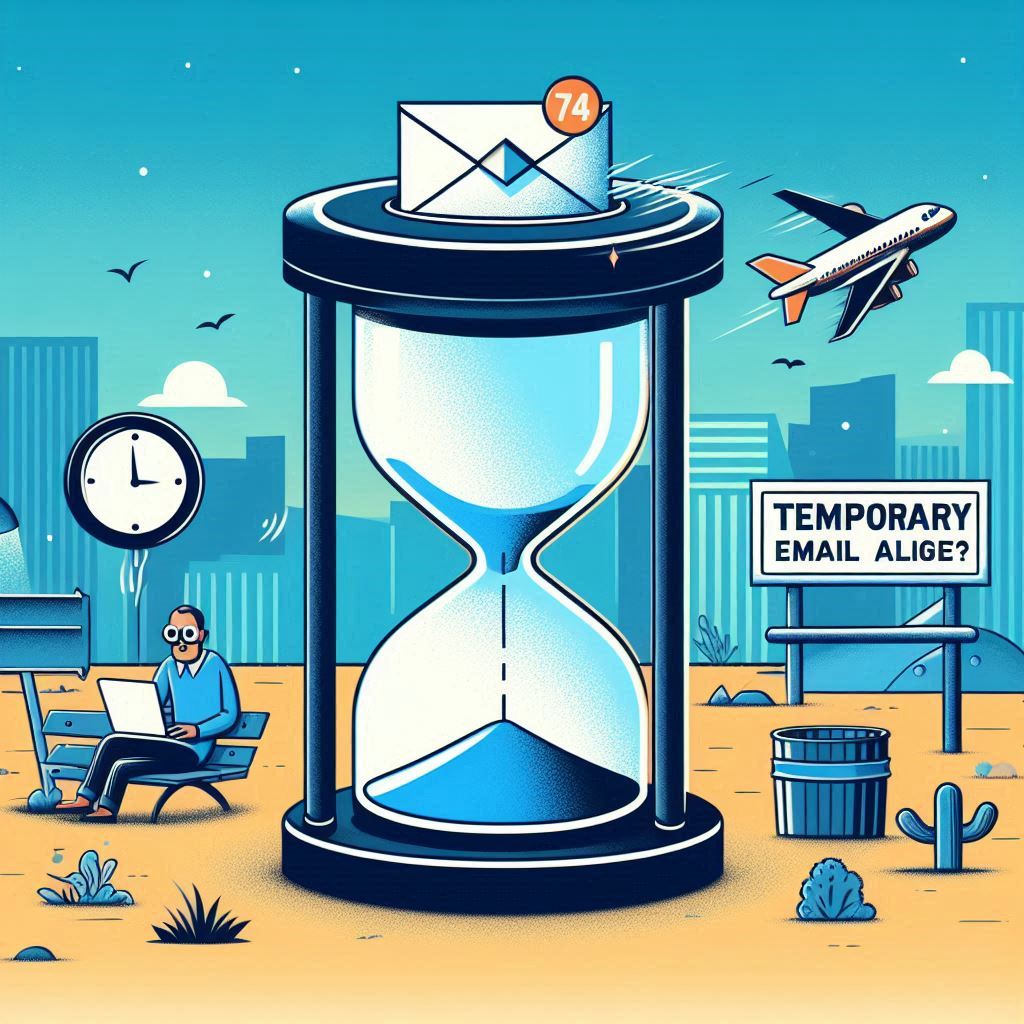Will Temporary Emails Shape the Future of Online Communication

Can temporary emails go from niche to mainstream in the digital age? As the internet gets more complicated and privacy and spam concerns grow, temporary emails—also known as disposable emails, fake email generators or 10 minute emails—are becoming more popular. But will they become part of the fabric of how we interact online?
Let’s get into the possibilities, challenges and future of temporary emails and whether they can join VPNs and password managers as basic online privacy tools.
Temporary Emails Today
Temporary emails give users a disposable email address that lasts for a short period of time, often just minutes or hours. Services like tempemail, mail temp and email temp generators create these addresses on demand so you can sign up to websites, receive verification codes or interact online anonymously.
How Does Temp Mail Work? Simple. You visit a temp email generator, get a unique email address and use it as needed. Once the time is up the email self destructs and leaves no trace of your activity.
Why Are Temp Emails Becoming So Popular?
Temp Mails can keep your personal email clear of data breaches, phishing, and spam. Not a registration or any personal form needed. And just for one-time “sign-ups” or content access free from email clutter, allows you better experience within your daily work.
Will Temporary Emails Go Mainstream?
One may be wondering, "Will disposable emails replace traditional ones?" Well, this is a valid query. I disagree, though; there's a strong case for them to become more common in some contexts.
More Privacy Issues
Consumers want better privacy solutions because data breaches are happening more often and personal info is being exploited more and more. Temporary emails might become the norm to protect personal inboxes from unauthorized access, just like VPNs and ad blockers have.
Temporary Emails Get More Powerful
Current temporary mail services are for short term use only but future innovation could make them more powerful. For example providers could offer features like customisable expiration times, file attachment and integration with other privacy tools.
Will disposable emails be in email clients or browsers?
If so, controlling “both” temporary and permanent emails will be easy and fast.
Temporary Emails Face Challenges
To go mainstream, temporary emails will need to overcome big challenges. What are they?
Limited Functionality Might be the Problem
Most temporary email generators are designed to receive emails, not send them. That limits their use for more complex online interactions like two way communication or document sharing. Making these features private will be key to wider adoption.
Websites Can Ban Disposable E-mail Can Cause Compatibility Issues
Many websites ban disposable email addresses so they cannot be used for some registrations. Temporary email providers will either have to negotiate these limitations or cooperate with big systems if they want to become popular.
Security Concerns
Not all fake email generators are created equal. Some lack encryption or store data insecurely which could put users at risk. To build trust and credibility, providers will need to prioritize security and transparency.
The Future of Temporary Emails
What will temporary emails look like in the future? Here are a few ideas:
First: Integration with Digital Ecosystems
Temporary emails could be baked into everyday digital tools. For example:
- One click registrations are powered by a built-in temporary email generator in browsers.
- Auto generated passwords along with transitory emails provide ultimate secrecy.
- For private, safe exchanges, anonymous profiles connected to throwaway emails
Second: AI Driven “Spam Filtering”
As AI gets better, temporary mail services could have advanced spam filtering. You could customize your inbox and only get the messages you want, even in disposable form.
Here is another example for better understand: AI could extend the life of certain emails automatically if deemed important and discard others.
Third: “Corporate Use”
Could companies use temporary email addresses for internal comms or client interactions? Imagine a company issuing disposable emails for short term projects and all correspondence is deleted after completion. This would be super useful in industries where confidentiality is key.
Last one: “Hybrid Email Models”
A hybrid model combining the permanence of traditional emails with the anonymity of fake email generators might emerge. Users could switch between temporary and permanent modes within one email client and adapt to their needs without having to juggle multiple services.
What Needs to Happen for Mainstream Acceptance?
For temporary emails to go mainstream:
- Better Features: Services need to offer more functionality: two way communication, better security and integration with existing tools.
- Wider Acceptance: Platforms need to accept disposable emails and stop blocking domains.
- User Education: Users need to know how and when to use temporary emails and integrate them into their daily digital habits.
A Temporary Email Future
Will temporary emails be the future of online communication?
They already help with privacy and spam, but they can do so much more.
Temporary mail might be as widespread as VPNs or cloud storage if it changes to fit user demands and solves present issues.
Think about a world where everyone has throwaway emails and there is no spam, no leaks, and no compromises. Not if temporary emails become popular but rather when.
25/10/2025 21:07:25